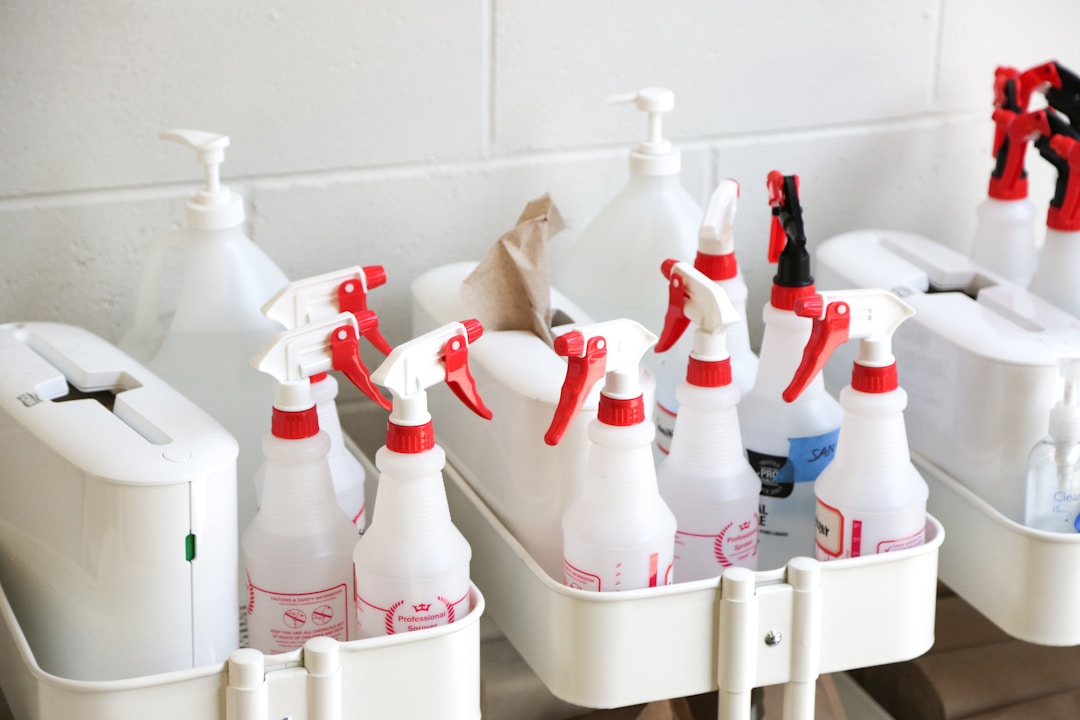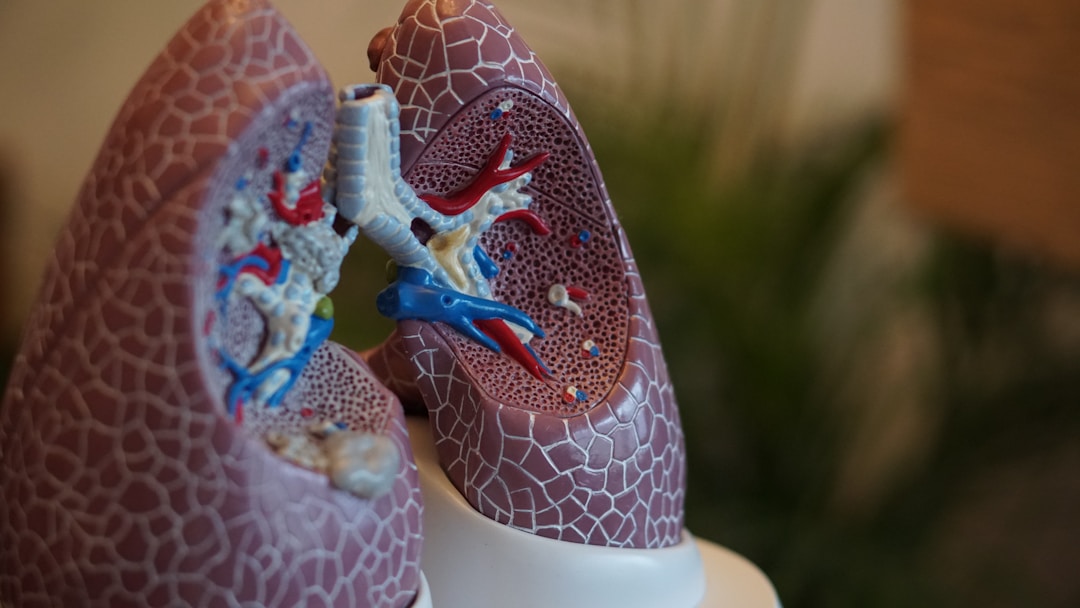It’s understandable if you’re looking for ways to protect your health, especially after spending two years living through a public health emergency due to the spread of COVID-19. One thing that many people neglect is maintaining the quality of the air in their homes. Indoor air quality isn’t discussed anywhere near as frequently as it should be, especially when you consider the consequences that can result from exposure to poor air quality. There are several types of pollution that your home is vulnerable to. Keep reading if you want to learn more about three sources of indoor air pollution.
1. Biological Growth

Microbial growth is one of the more common sources of indoor air pollution. Areas with high humidity are at greater risk for developing certain types of growth, as they can often be caused by excessive moisture on surfaces in your home. An HVAC breakdown or plumbing issue can also cause excess moisture that leads to microbial growth. Disinfecting all damp surfaces is a good place to start, though you should also look into getting a dehumidifier. If you notice any unexplained microbial growth in your home, you should call an HVAC professional to see if there are any leaks in your unit or your air ducts.
There are many reasons why it’s important to identify what is responsible for indoor air pollution in your home, but the health risks posed by prolonged exposure to polluted air can cause health problems. Poor air quality has been connected to heart and lung conditions, including coronary artery disease, emphysema, respiratory infections, stroke, and cancer. It also exacerbates the symptoms of other conditions like asthma, chronic obstructive pulmonary disease (COPD), cardiovascular disease, and diabetes.
2. Volatile Organic Compounds (VOCs)

Volatile organic compounds, also known as VOCs, are harmful chemicals that are emitted by certain solids and liquids. Typically, VOCs are industrial solvents like trichloroethylene, fuel oxygenates, or byproducts from chlorination in water treatment. Paint thinners, dry cleaning agents, hydraulic fluids, and petroleum fuels are all sources of VOCs. VOCs can have an impact on your indoor air quality, which is why it’s so important to reduce the presence of VOCs in your home. You should also ensure that your HVAC system is always in good working order to filter out contaminants and pollutants like VOCs.
3. Radon

Radon is a naturally occurring radioactive gas caused by the natural decay of uranium. Exposure to radon is also the second leading cause of lung cancer in the United States. In the outdoors, radon usually disperses quickly and is not as significant of a threat to your health. Radon exposure inside homes and workplaces can be extremely dangerous. The EPA estimates that over 21,000 people die annually due to radon-related lung cancer. Only smoking causes more lung cancer deaths than radon. You should have your home’s radon levels tested if you haven’t already. If there’s too much radon in your home, a service professional can help resolve the issue, typically through an underground ventilation system or increasing the rate of air changes inside.
Indoor air pollution is a serious issue that is often ignored. However, awareness is growing about the harm that polluted air can cause, and COVID-19 has encouraged a lot of people to be more proactive about ensuring that the air around them is safe to breathe. It’s important that you continue to take precautions and make sure home systems designed to protect you, like your HVAC system, are always in good working order. While it can be scary to think about the damage that air pollution can cause, there are a lot of ways you can protect yourself and your family.
